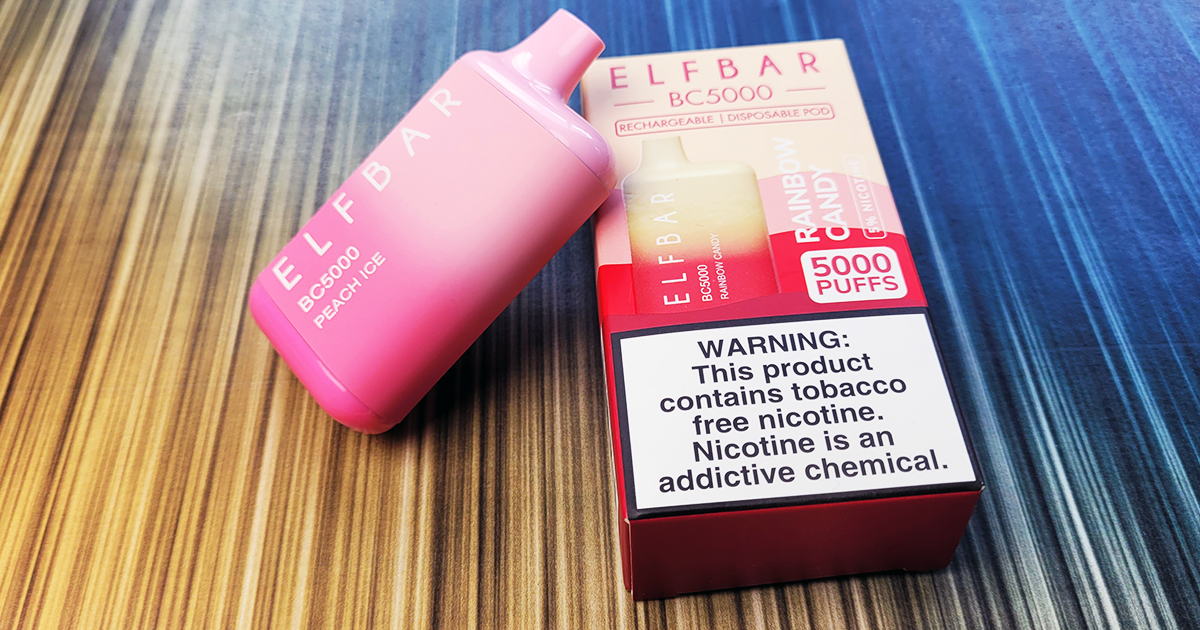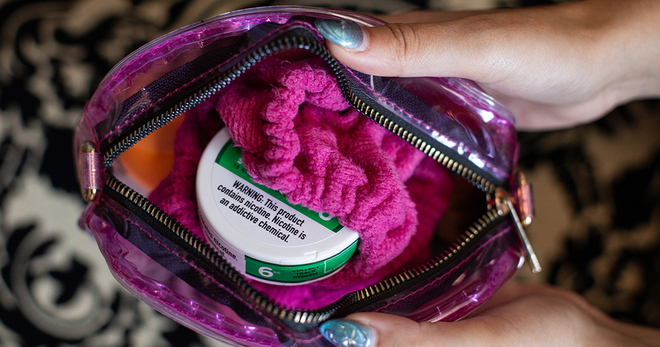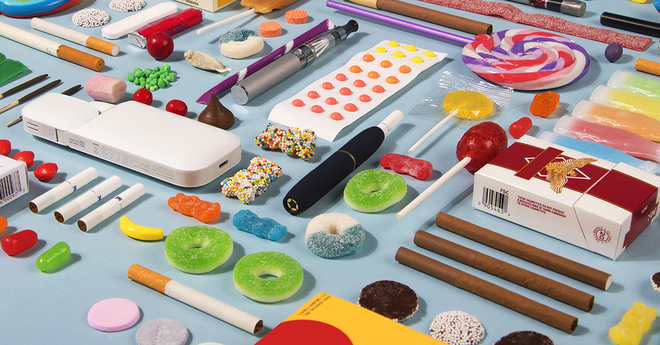“Tobacco-free nicotine” labels for e-cigarettes increase purchase intentions among teen e-cigarette users
Many e-cigarettes are now advertised as containing “tobacco-free nicotine” because they contain synthetic nicotine rather than nicotine derived from tobacco, a claim that is causing confusion and can imply lower risk. Nicotine, regardless of its source, has addictive properties.
A new study published in Tobacco Control finds that labeling e-cigarettes with “tobacco-free nicotine” increases teenage e-cigarette users’ intentions to purchase e-cigarettes. The study – the first to report on awareness of synthetic nicotine e-cigarettes among a nationally representative sample of U.S. youth – also finds that most U.S. teens don’t know where the nicotine in e-cigarettes comes from. Findings underscore the need for tighter regulation on synthetic nicotine marketing claims.
Many e-cigarette manufacturers switched to synthetic nicotine to avoid FDA regulation, until Congress gave it authority to regulate all nicotine products regardless of their nicotine source in 2022. To date, the FDA has not authorized the marketing of any synthetic nicotine e-cigarettes, making any products on the market today that contain synthetic nicotine illegal.

Young people don’t know where nicotine in e-cigarettes comes from
Researchers surveyed 1,603 teens aged 13-17 about their awareness of synthetic nicotine and knowledge about the sources of nicotine in e-cigarettes. They found that less than a third (31.7%) of teens knew that nicotine in e-cigarettes comes from tobacco plants, even though the nicotine in e-cigarettes has historically been derived from tobacco. “Not sure” was the most common response to where the nicotine in e-cigarettes comes from, suggesting widespread uncertainty about the source of nicotine in e-cigarettes, the authors write.
While dozens of brands are currently marketing and selling synthetic nicotine e-cigarettes, few young people were aware of e-cigarettes containing synthetic nicotine (28.7%). Youth who use e-cigarettes had higher awareness (48%). Fewer than half (43.7%) knew that nicotine in e-cigarettes can come from sources other than tobacco plants. These estimates provide a starting point to track youth awareness of synthetic nicotine.
Uncertainty and misperceptions about nicotine aren’t surprising. Past Truth Initiative research has found that many young adults aren’t aware of the dangers of nicotine, with many believing incorrectly that nicotine is no more harmful than a cup of coffee or that it is only addictive when smoked from a cigarette, for example. Earlier research found that nearly two-thirds of JUUL users between the ages of 15 and 21 were not aware the product always contains nicotine.
“Tobacco-free nicotine” labels increase intentions to purchase e-cigarettes
Teens in the recent study also viewed a mock shopping website with images of e-cigarettes labeled with “tobacco-free nicotine,” “synthetic nicotine,” “nicotine,” “tobacco-free,” “synthetic” or without any description at all. Researchers then asked teens how likely it was that they would buy one of the pictured e-cigarettes in the future.
The description “tobacco-free nicotine” increased purchase intentions for young e-cigarette users, compared with the “nicotine” and “synthetic nicotine” labels. Researchers are concerned that promoting products containing “tobacco-free nicotine” may entice youth to use these products. In the past, cigarettes like American Spirit have relied on similar terms to market their products as “additive-free.”
Marketing synthetic nicotine
The language that tobacco companies use to promote their products can impact youth nicotine use. The findings from this study suggest that regulatory agencies in the U.S. and globally should regulate synthetic nicotine e-cigarettes as well as the language used to describe these products, the researchers write.
More in emerging tobacco products
Want support quitting? Join EX Program
By clicking JOIN, you agree to the Terms, Text Message Terms and Privacy Policy.
Msg&Data rates may apply; msgs are automated.


